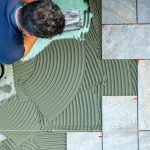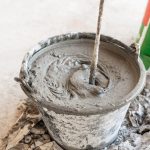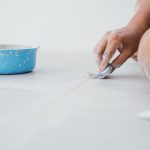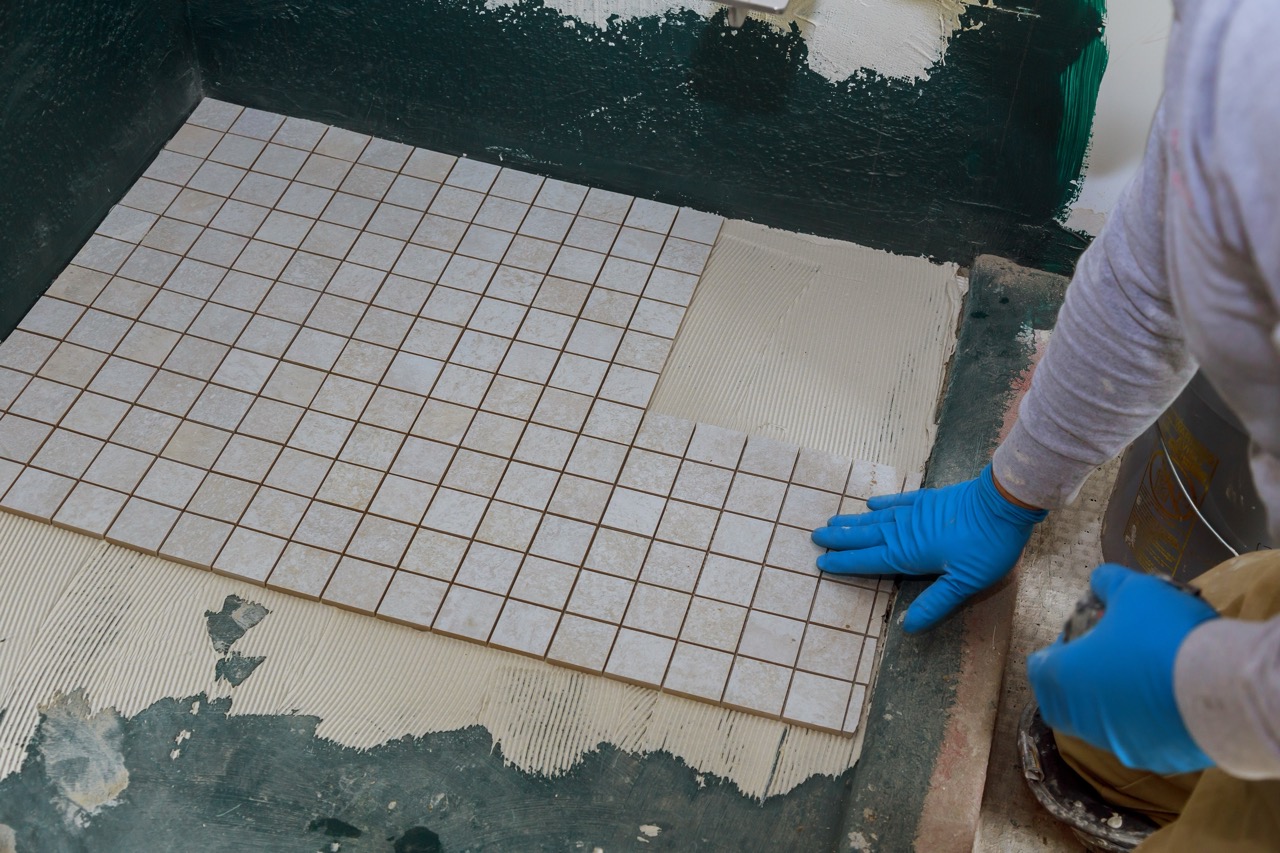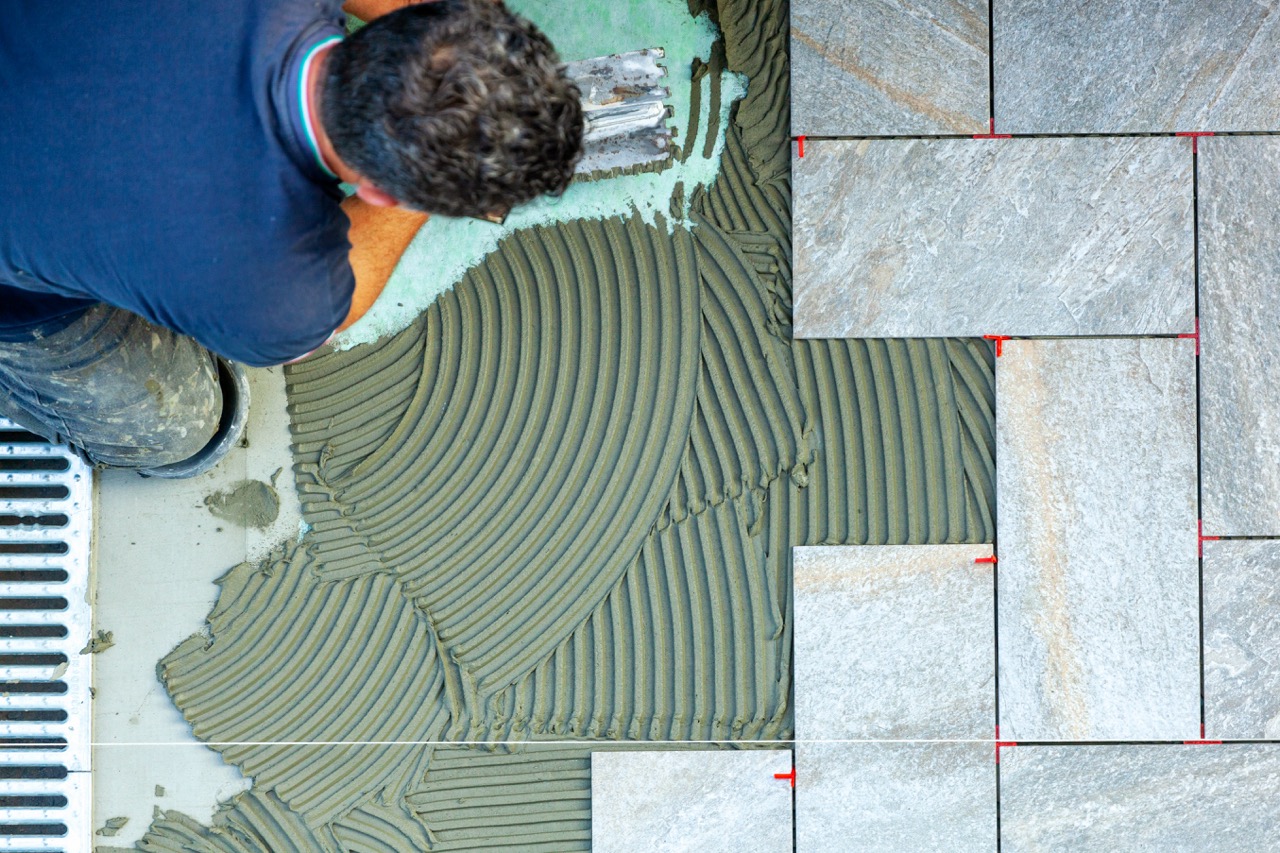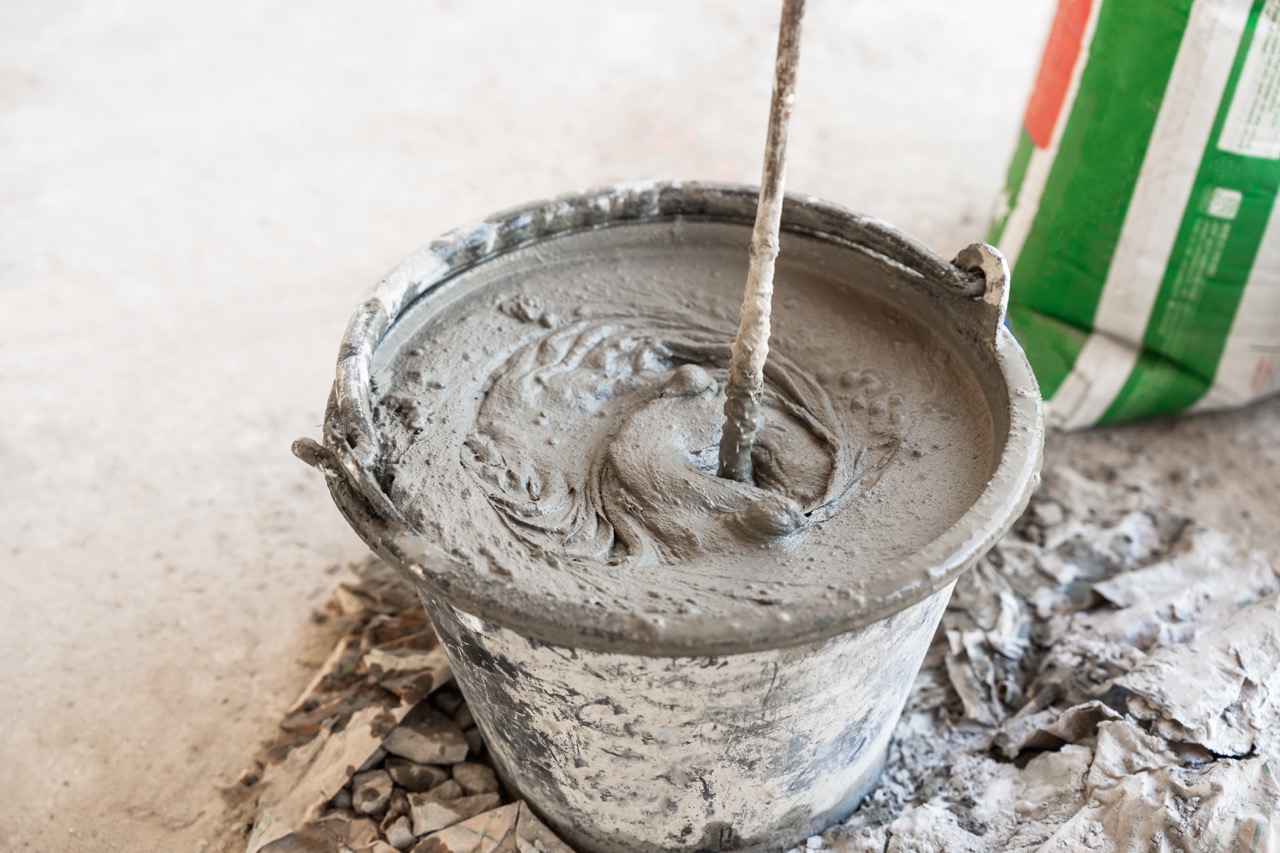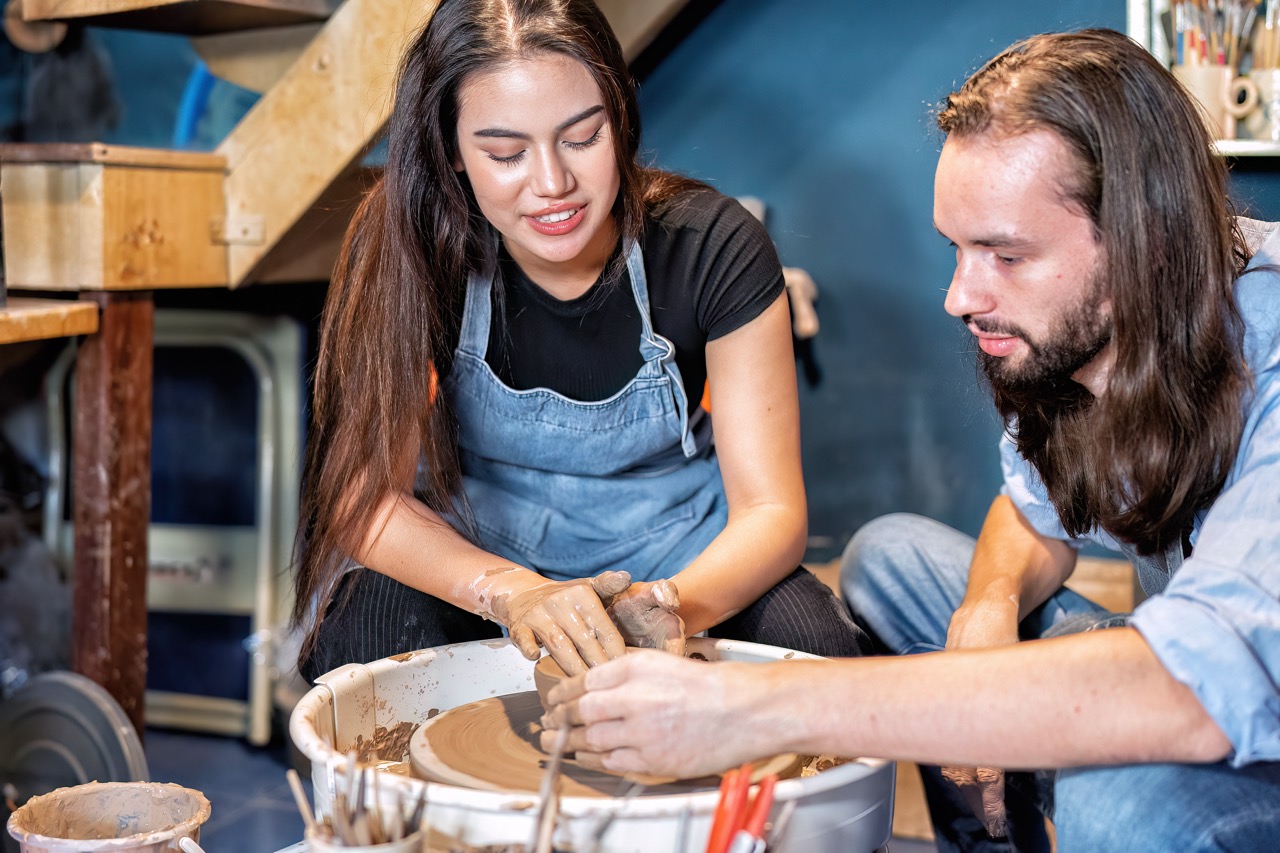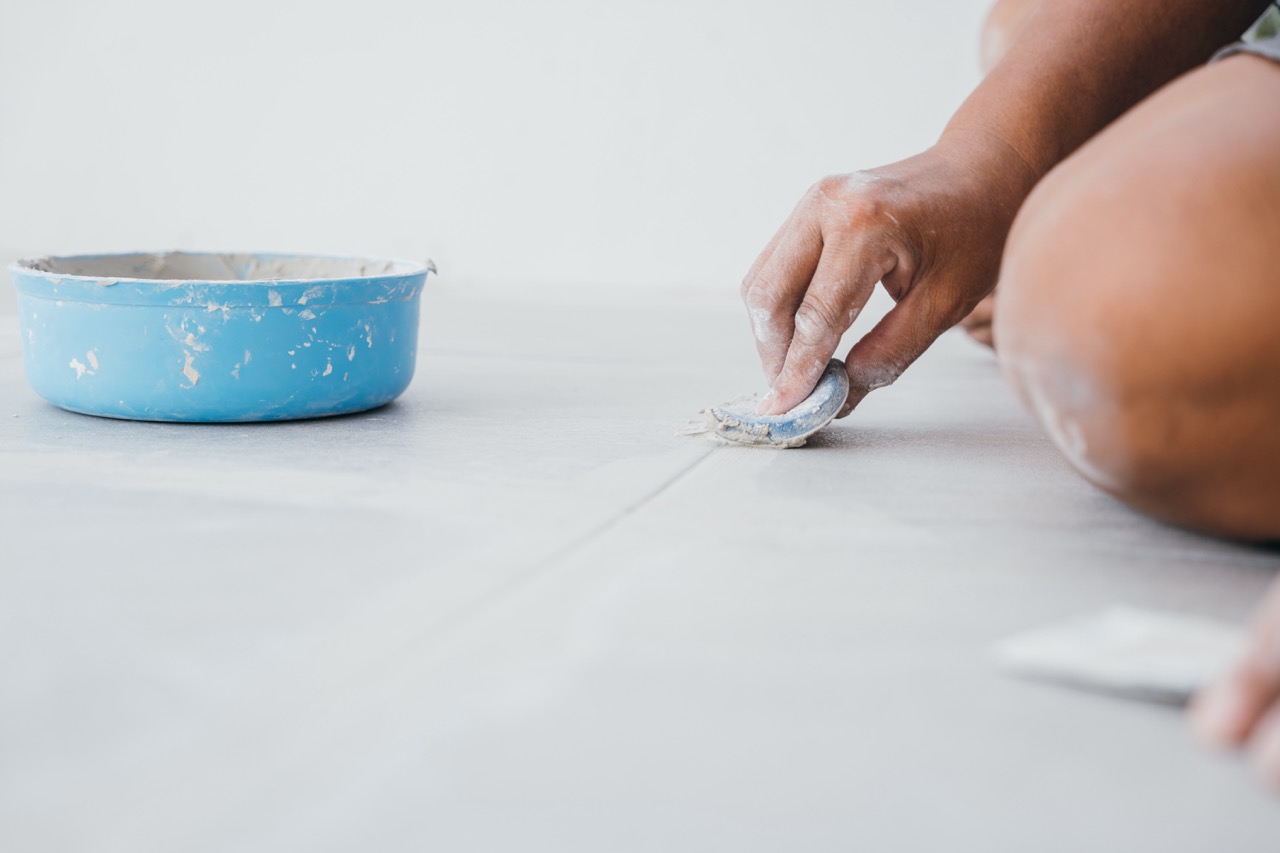Sometimes it only takes a small detail to completely refresh the look of your home. Grout pens are one of those underrated DIY tools that can make tiles look brand-new without the expense and effort of re-grouting. Whether you live in a rental and need a quick update or you’re a homeowner maintaining your space, grout pens are a simple, budget-friendly solution. The secret lies in knowing which surfaces they work best on and how to apply them properly for long-lasting results.
Reviving Bathroom Tiles with Quick Grout Pen Touch-Ups
Bathrooms are often the first place homeowners notice grout discoloration. Constant exposure to water, soap residue, and humidity can turn bright grout lines into dark, dingy seams. A grout pen can quickly restore these lines, making the whole bathroom feel cleaner and fresher. Best of all, applying the pen is much easier than scrubbing endlessly or mixing messy re-grout compounds.
The best surfaces in bathrooms for grout pens are ceramic and porcelain wall tiles, particularly in showers and around sinks. These smooth, water-resistant surfaces hold the color well once the grout is clean and dry. To ensure the pen lasts, thoroughly scrub away any mold or soap scum before application. A clean surface helps the ink settle smoothly and prevents peeling.
When working in high-moisture areas, it’s wise to seal the grout pen application with a tile sealer after it’s completely dry. This extra step will prevent wash-off from daily showers and extend the life of your grout makeover. With just a little effort, you can transform your bathroom tiles from tired to vibrant in a single afternoon.
Kitchen Backsplashes That Shine After Pen Application
Kitchen backsplashes often accumulate grease, spills, and stains, dulling the lines between otherwise beautiful tiles. A grout pen is the fastest way to restore those crisp contrasting grout lines without removing the tiles or spending on professional cleaning. This surface is ideal because it’s usually vertical and less prone to water infiltration compared to bathroom grout.
Ceramic and glass tile backsplashes are perfect candidates for grout pens. Their smooth finishes allow for easy wipe-downs in case of any pen slip, making the process stress-free, even for beginners. Choosing the right grout pen color is especially rewarding here—bright white for a clean look, neutral tones for subtlety, or bold shades like black or gray to highlight patterns.
Before you start, clear away food oils with a degreasing cleaner to ensure the pen adheres. Move slowly along the grout lines in even strokes, keeping a cloth handy for immediate corrections. After drying, the backsplash will look striking—like it was freshly installed—even though you only invested an hour and a pen’s worth of product.
Flooring Surfaces Where Grout Pens Work Beautifully
Tile floors, whether in entryways, kitchens, or living rooms, endure a lot of foot traffic, making grout especially prone to staining. Grout pens can bring back a clean, uniform look to these spaces by redefining the grout lines. It’s an inexpensive upgrade that can completely elevate the atmosphere without replacing your flooring.
Porcelain and ceramic tiles are again top choices for grout pen application on floors. Their durability combines well with the pen’s ability to adhere to slightly porous surfaces. Larger tiles with wide grout lines make the work more efficient, while smaller mosaic tiles may require more patience but deliver even more dramatic results.
For long-lasting floor refreshes, it’s essential to sweep and mop thoroughly before using the pen. Once dry, apply steady strokes and let the ink set at least 24 hours before heavy foot traffic resumes. If possible, adding a thin grout sealer coat helps lock in the color against dirt and wear. Used properly, grout pens can make old flooring feel brand new.
Unexpected Spots You Can Refresh with Grout Pens
Grout pens aren’t limited to bathrooms, kitchens, or flooring—they can enhance unexpected areas too. For example, tiled fireplace surrounds often become dull from soot exposure, but a grout pen can brighten those lines quickly. Similarly, tiled laundry room walls benefit from the same easy refresh since they often see water splashes and detergent residue.
Outdoor tiled patios and balcony sections can sometimes be touched up as well, provided they are sheltered from heavy rain. It’s worth noting, though, that grout pens are not a replacement for outdoor-grade grout, so they’re best for light cosmetic fixes in lower-exposure areas. These small updates can make outdoor entertaining areas look neat and more inviting.
Another less obvious but effective use is on decorative tiled tabletops or craft projects. Grout pens bring clarity to patterns where grout has faded, enhancing the overall design without messy repairs. This makes grout pens a versatile option if you want to update both functional and decorative tiled surfaces in your home.
Grout pens are proof that you don’t need to start from scratch to achieve a fresh, polished tile look. From bathroom walls to kitchen backsplashes, and even down to surprising little details like fireplace surrounds or tabletops, these handy tools offer an affordable, renter-friendly way to revive any tiled surface. With a bit of cleaning, a steady hand, and optional sealing, the results often rival professional grout refreshes. Whether you’re a DIY enthusiast or just looking for a quick home upgrade, grout pens are an easy win for transforming your spaces.
